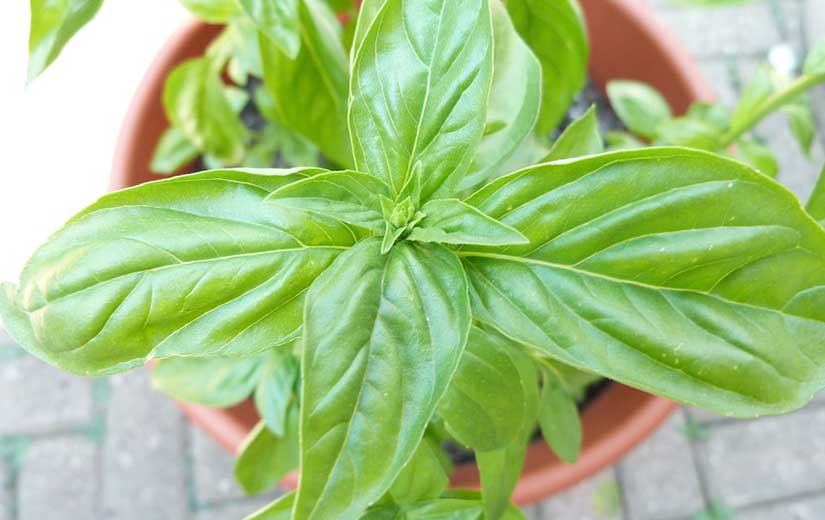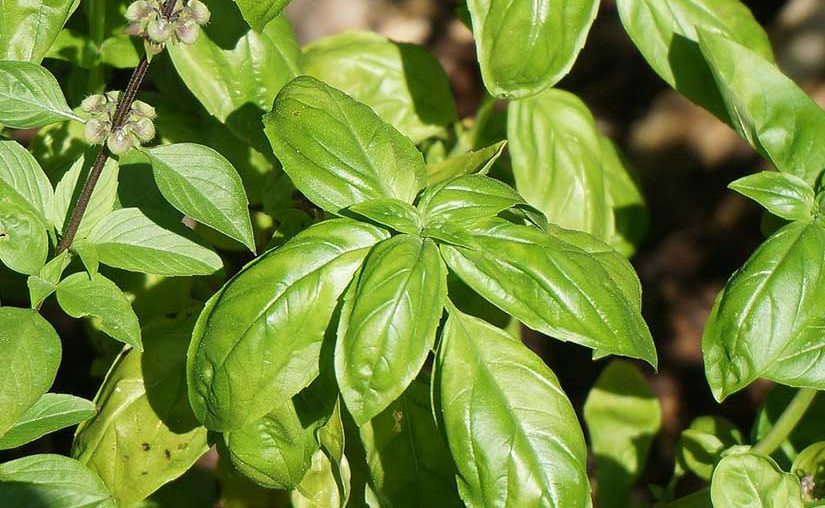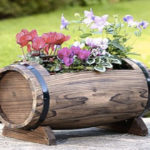Lovers of Provencal cuisine are familiar with basil. This aromatic plant then perfumes your dishes and adds a specific flavor, which depends on the varieties. The basil culture is done at certain times and, depending on the varieties chosen, requires specific care.
When to sow basil?
For basil, the sowing period depends on the method adopted. You can sow your basil inside, in pots of yoghurt for example. This technique, called bucket, brings more heat to the plant.
In this case, sowing can be done from February-March. You can then transplant your basil seedlings in the ground around May-June, when any risk of frost is discarded.
If you sow basil directly in your garden, it should be the same period, in late spring or early summer. Try in addition to take into account the lunar calendar. The decreasing phases of the moon are more favorable for sowing many aromatic plants, including basil.
Which varieties to choose?
There are dozens of varieties of basil. How to choose the one that suits you? It all depends on what you want to do with this delicious aromatic plant.
To complement a herbal tea or dessert, choose cinnamon basil, which, as its name suggests, mimics the subtle aroma of this spice. The sweet taste of basil licorice also adapts very well to your entremets.
For its part, the basil Genovese will be used to make a delicious pesto. The spicy taste of Thai basil corsets your Vietnamese or Chinese dishes.
On the other hand, large green basil with large leaves acclimates better in more northern regions. As for the fine green basil, with small leaves, it is perfect for a potted crop.
What to do before sowing basil?
Before sowing the basil in pots, you must first prepare the soil. It is right to mix universal potting mix with lighter soil, suitable for sowing. In fact, at the seed level, the soil must be poorer.
Soil preparation is also essential in sowing in open ground. He must be smooth and rid of pebbles and piles of dirt. A preliminary sweep is therefore essential.
It is then advisable, using a rod, to draw parallel grooves. This done, water the earth a little.
How to sow it?

The sowing technique differs according to the chosen culture method. For growing in pots, sow a few seeds per cup. Make sure you have enough space between them. You have to cover the pot with a thin layer of soil and water slightly.
When the plants appear, keep only the best ones. At the desired moment, you can transplant them in your garden, taking care not to damage the plant.
If you plant the basilisk directly in the ground, make sure that the seedling spacing is a little larger. After sowing the small seeds of the basil, cover them again with a thin film of earth. For this, the use of a sieve is very useful.
To protect and feed the soil, mulch it with mowing residues or wood chips. Basil will come only better. And do not forget to water, but in moderation, because the basil does not like soils too wet.
Where to plant basil?
Before sowing basil in your garden, it is essential, first, to choose a soil that is suitable for the plant. The ideal land must be rich, fresh, and quite light.
Avoid wet soils and make sure that the chosen soil is well drained. Before sowing the plant, also check the exposure of the chosen location. Basil must be safe there, for his deadly enemy is the cold.
So choose a sunny corner of your garden. Once the place is chosen, place some potting soil and tamp it well. When growing in pots, use a suitable fertilizer.
How to maintain it?
If you opt for growing in pots, do not forget to put them in a sunny place. Make sure that watering is measured but regular so that the soil is never dry. And do not forget to cut the ends of the stems in the right places. You will have a more bushy plant. By avoiding flowering, this action also increases the life span.
If you plant basil in your garden, care for the soil carefully. Do not forget to hoe at first, then protect it with adequate mulching. Also make sure the floor is always cool. And, again, cut the ends of the stems.
Harvest basil: how to do it?
The proper development of the leaves takes about a month. They will then be ready for consumption.
In the bush of leaves, locate those that are healthy. Then bind the stems of these leaves together and hang them. You can also cut the leaves, at a sufficient distance from the ground so as not to hinder the growth of the plant.
This operation can be done from the beginning of the summer, in the month of July. When the temperature drops, it is better to harvest the whole plant, to avoid the damage caused by a possible frost.
The harvest must be done for a very fast use, because the basil leaves fade very quickly.
Basil diseases: what to do?
Among others, mildew and Fusarium are diseases that can affect basil. Once reached, it is almost impossible to save the plant.
However, it is possible to prevent the onset of these diseases. For this, it is advisable to choose carefully the seeds, to space them well, to avoid watering the foliage and to destroy the infested plants, to avoid the contagion.
Basil plants can still be affected by some forms of mold, insect varieties or viruses. In some cases, insecticides or suitable anti-aphid treatments can save your basil plants.
Even more plantations:








